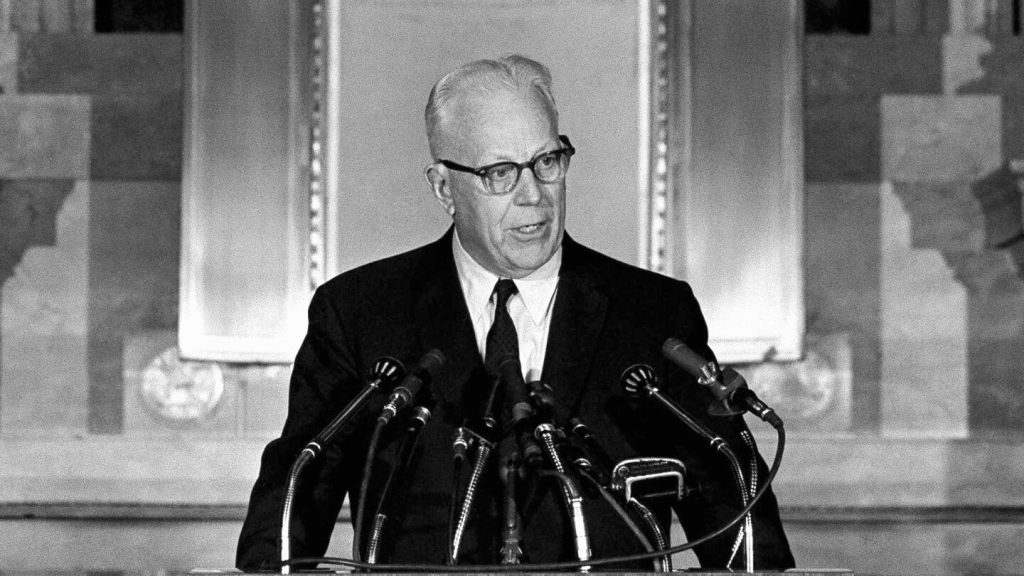A groundbreaking technological project is making it possible for people to hear Chief Justice Earl Warren read the historic Brown v. Board of Education decision on school desegregation, along with oral arguments by lawyers, including Thurgood Marshall. The project, called “Brown Revisited,” is being made available on a website created by former Northwestern University professor Jerry Goldman. This website allows people to hear oral arguments from decades worth of Supreme Court cases and follow along with written transcriptions. The project aims to provide a more immersive experience than print transcripts alone.
The Brown decision in 1954 was a landmark in the civil rights movement, as it struck down the idea of “separate but equal” schools for Black and white students, ruling that such accommodations were not equal. Oral arguments in Supreme Court cases were not recorded until 1955, and full public access to these recordings was not granted until 1993. The court began posting arguments on its website in the 2000s, with regular livestreams only becoming available in 2020. Cameras have never been allowed in the Supreme Court.
The idea for the “Brown Revisited” project came to Jerry Goldman after attending a play that used artificial intelligence to recreate a familiar voice. He wondered if this technology could be used for historic court arguments. The recordings of Chief Justice Warren and Thurgood Marshall were relatively easy to find, but recordings for other participants were more challenging. Through artificial intelligence, actor’s voices were melded with the historical transcripts to create the illusion of these individuals speaking anew.
While the development of technology to recreate voices is impressive, it also raises concerns about the potential for deepfakes, especially in the context of the upcoming presidential election. Some experts worry about the practice of cloning people’s voices without their consent, particularly when it involves historical figures who are no longer alive. However, the creators of the “Brown Revisited” project argue that they are not creating new content but rather presenting historical material in a new way. The project offers a unique glimpse into history for those curious about the past.
The project is dubbed a “deep true” rather than a deepfake, as it does not create new content but rather presents actual historical material. The use of technology to recreate voices has a limit, as sound recordings of voices have only been available since the late 1800s. The “Brown Revisited” project offers a new and innovative way to engage with history and provides a deeper understanding of pivotal moments like the Brown v. Board of Education decision. While there are concerns about the ethical implications of such technology, the project aims to enhance the public’s understanding of the past in a meaningful way.
Overall, the “Brown Revisited” project represents a significant advancement in the preservation and accessibility of historical court proceedings. By using innovative voice-cloning technology, people can now hear Chief Justice Warren read the historic decision and immerse themselves in the oral arguments of the case. This project not only brings history to life in a new way but also raises important ethical questions about the use of technology to recreate voices and disseminate historical information. As technology continues to develop, it is essential to consider both the benefits and challenges of these advancements and their impact on how we understand and engage with the past.


